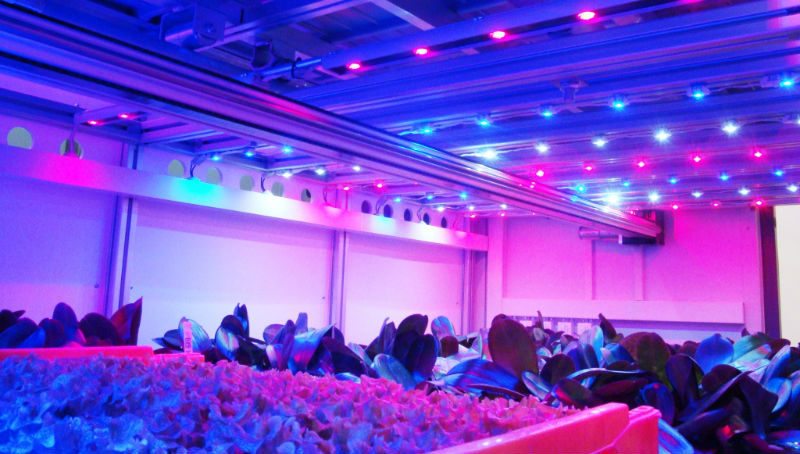
Developing New Plant Lighting Standards
Standards are developed so there is consistency and conformity in products to improve confidence and comparability in new technologies. Until now, standards for electric lighting were specifically for human applications, such as for indoor lighting of commercial buildings or outdoor lighting of streets and parking lots.
These standards are based on human’s perception of light, which is favorably biased towards our sensitivity to green light, and negatively biased towards our weaker perception of blue and red light. Although there are some similarities, there are important differences in how plants and people perceive and respond to light. Therefore, lighting standards for people sometimes aren’t appropriate for plants.
In 2014, I organized a roundtable meeting among horticulturists and lighting professionals during the annual American Society for Horticultural Science meeting to discuss the need for developing lighting standards for horticultural applications. It was unanimous among the 60 people in attendance that such an effort was needed, for several reasons.
Perhaps first and foremost was the need to develop efficacy metrics of lamps that are based on photosynthetic photons and not lumens (based on human light perception). In particular, most LED products developed for plant applications emitted mostly or only red and blue light, so their luminous output was low yet their photosynthetic photon output was high. In addition, luminous efficacy values are almost meaningless for plant applications, yet that was the metric being used by utility companies to determine the efficiency of a lamp at converting electricity into light.
It was decided that the development of lighting standards would be done through the American Society for Agricultural and Biological Engineers (ASABE), partly because their standards are accepted by the American National Standards Institute (ANSI) when certain requirements have been met.
A new ASABE committee, primarily composed of academics and lighting professionals, was formed to develop three standards. The first standards document, entitled “Quantities and Units of Electromagnetic Radiation for Plants (Photosynthetic Organisms),” has now been published and is available for purchase through ASABE. This 12-page document contains several sections, including:
• A definition of terms, such as photosynthetic photon flux density and radiant intensity
• Quantities, units and symbols based on radiation measurements, such as photosynthetic radiation flux
• Quantities, units and symbols based on photon measurements, such as photosynthetic photon efficacy
This technical document is important to the horticultural industry because it formally establishes and communicates the appropriate lighting metrics for plant applications.
Additional Documents
The second standards document, still under development, focuses on performance criteria for horticultural lamps and systems, so growers will have clear information about the characteristics of light emitted from a fixture. It also considers testing procedures for fixtures in environments not uncommon in horticultural crop production, such as high humidity. The third document focuses on developing performance standards for lamps developed for high-intensity (sole-source or supplemental) lighting as well as lower-intensity fixtures used to create long days.
ASABE Committee members who have drafted the standards documents, and/or provided important critical review, are to be commended, as well as the ASABE for their organization of this important work. The outcomes will benefit growers as well as lighting suppliers and manufacturers for plant applications, helping to ensure lamps are fit for their appropriate applications.
Erik Runkle is professor and floriculture extension specialist in the department of horticulture at Michigan State University. He can be reached at runkleer@msu.edu.









 Video Library
Video Library 


















